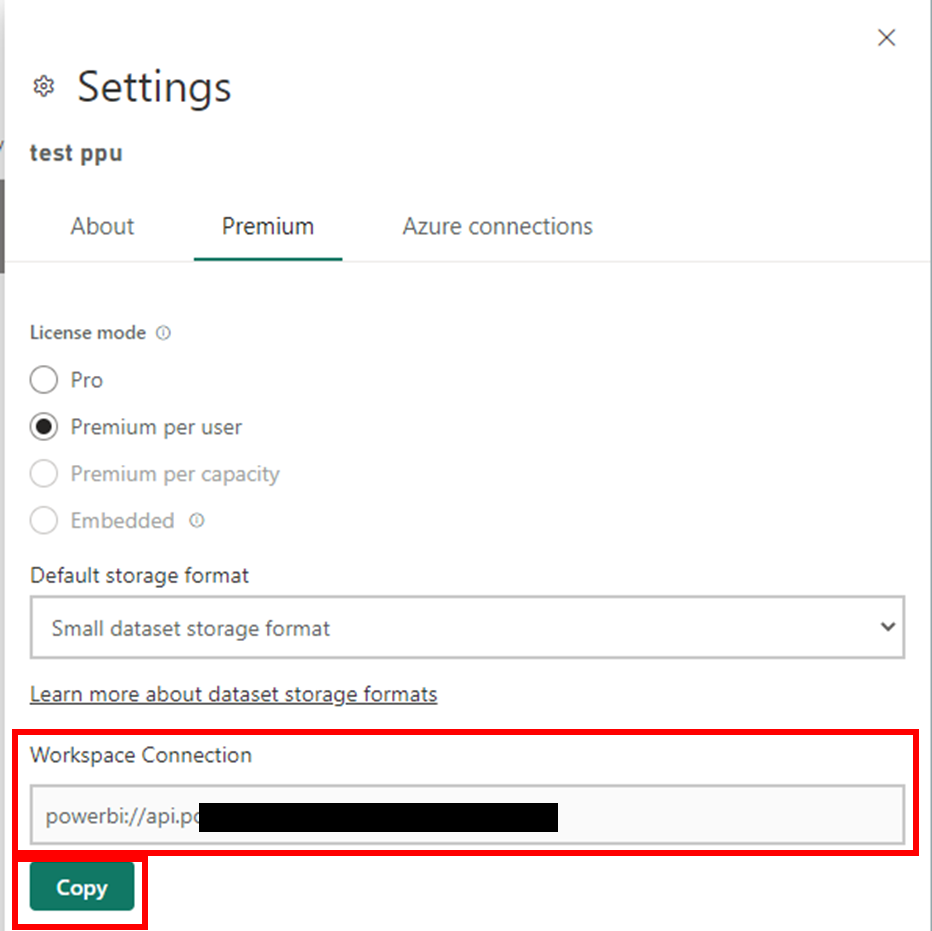Where can I check incremental refresh is correctly done? Power BI Premium
- Jihwan Kim
- Feb 11, 2023
- 2 min read
In my previous blog post, Incremental refresh configuration in Power BI (jihwankimcscp.wixsite.com), I shared what I usually check when configuring incremental refresh in the Power BI dataset.
In this writing, I like to share how I check whether incremental refresh is operating as expected. Please be noted that this method is for the datasets and reports published in the premium capacity or PPU workspaces.
Once the dataset and report are published, the very first step that has to be done is, refreshing the dataset manually where the incremental refresh is configured. Otherwise, the dataset and the report will remain as per the setup by parameters (RangeStart & RangeEnd) until the next refresh happens. The very first refresh will be done for all rows, and then from the next refresh, it will be done as per the setup.
I will share below in detail how I check whether the incremental refresh is correctly configured as expected or not.
Step one
In the premium workspace or PPU workspace, go to the settings and find "Workspace Connection". And copy the link.

Step two
Open SSMS (SQL Server Management Studio) and paste the "Workspace Connection" information into the Server name area. And click "Connect".

Step three
Once it is connected, datasets that are published in the workspace are shown. Select the dataset and the table. And then right-click. Click "Partitions".

If incremental refresh is not configured, there will not be any partition shown.

If incremental refresh is set up, there will be partitions described and it looks like the below. As shown below, the last processed date/time are the same and this is when the first refresh is done in the workspace.

Step four
In order to check whether the incremental refresh is operating as expected, go to the workspace and click the refresh button again.

And then, go back to SSMS and refresh it to see the changed information.

As described above, refresh is executed only for the partitions that I have configured in the Power BI Desktop. The sample that I used here contains the data from the year 2010 to 2014, and I configured incremental refresh for the last 11 years. This is the reason why the second refresh is only done from the year 2013 and after.
When incremental refresh is required, it is always good to check whether the refreshes of the dataset are operating as configured.
I hope this helps to have fun in setting up incremental refreshes in your datasets.



留言